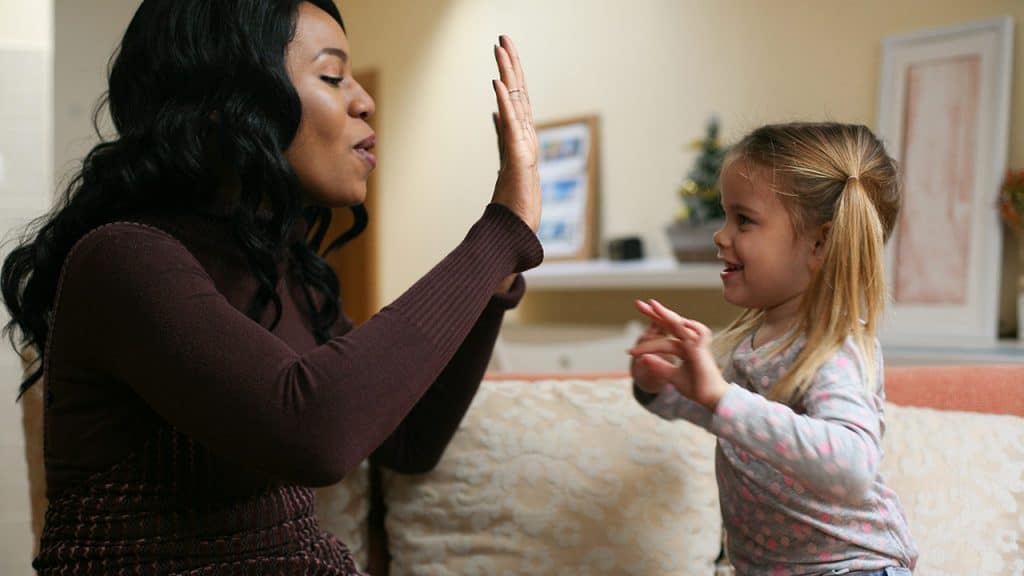The past few weeks has seen the nation erupt in protest over the horrific injustice of police brutality resulting in the murders of
George Floyd,
Breonna Taylor and now
Rayshard Brooks. Robert Fuller and Malcolm Harsch were both
found dead in similar circumstances within 10 days of one another. Black Lives Matter is on everyone’s mind as protesters everywhere are asking for
fundamental change. There is a reckoning for racial justice at every level, CEO’s of major companies are
stepping down amidst backlash, petitions are sprouting like wildflowers. Everywhere you look, on street corners, social media, store windows, and impromptu gatherings on the streets, there are Black Lives Matter signs and chants. Schools have conveniently
white washed America’s racist history to make it more palatable for white people. So how do we talk to our children about
Black Lives Matter in a healthy, positive way, while remaining truthful about the significance of what’s going on?
